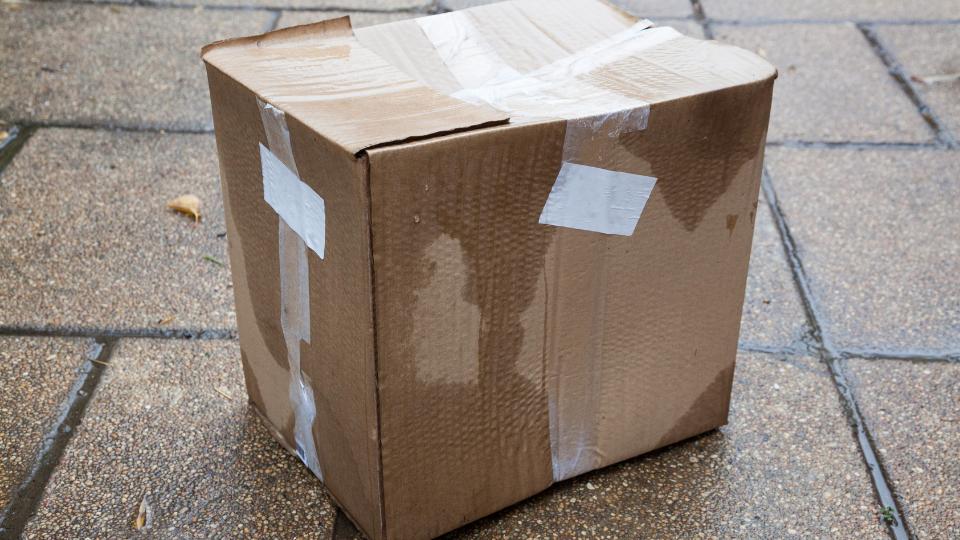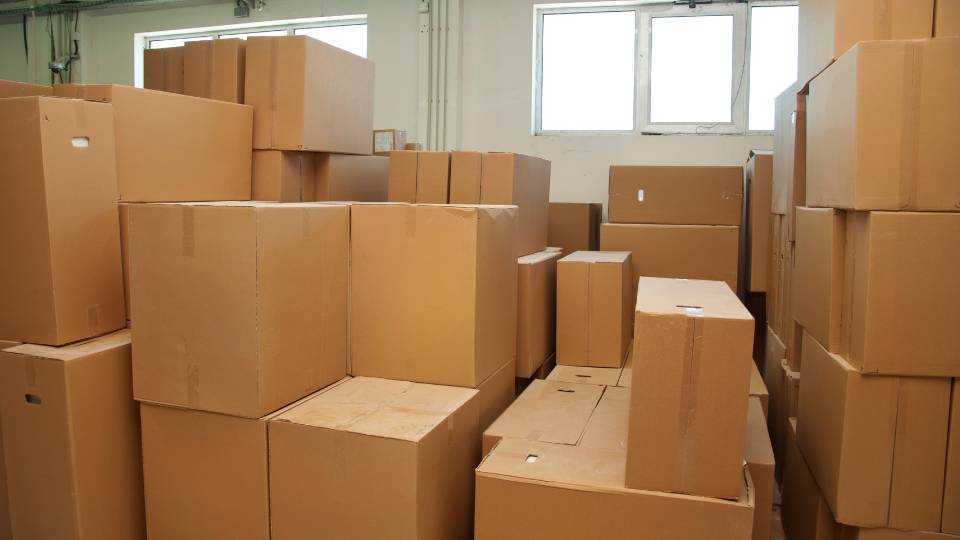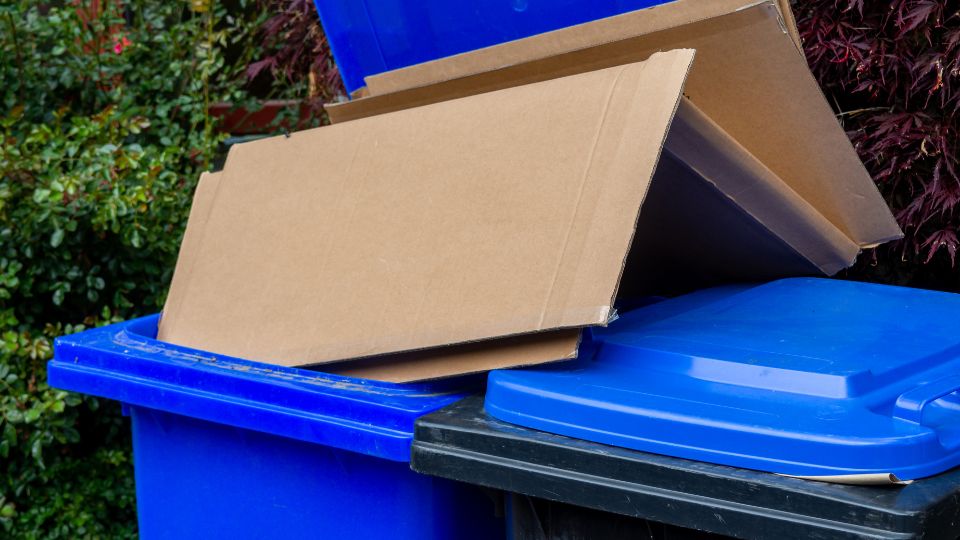
Can wet cardboard be recycled?
Wet cardboard can technically still be recycled, but it may not be ideal for the recycling process and may cause some issues.
Wet cardboard is more difficult to handle and can easily break apart, causing problems during the recycling process.
Additionally, wet cardboard can contaminate other materials in the recycling stream, making them unsuitable for recycling as well.
If you have wet cardboard that needs to be recycled, it is best to try to dry it out as much as possible before putting it in your recycling bin.
If the cardboard is too wet, you may need to dispose of it in the regular trash instead.
It’s also a good idea to check with your local recycling program to see if they have any specific guidelines or restrictions for wet cardboard.
What happens when a business tries to recycle wet cardboard?
If you try to recycle wet cardboard with your other materials you run the risk of contaminating the entire batch at the treatment facility.
It’s unlikely that there will be any repercussions to this, but it only takes a few businesses to try and recycle wet cardboard which will result in them unknowingly doing more harm than good.
In some cases, the waste collector may refuse to lift the bin if the contents are contaminated.
In this case, you would need to remove any wet cardboard before the contents can be recycled.
Can wet cardboard be recycled at home?
It is generally not recommended to compost wet cardboard at home. Wet cardboard can become heavy and compacted, preventing air and moisture from reaching the other composting materials.
This can lead to anaerobic decomposition, which produces unpleasant odours and can take much longer to break down.
In addition, wet cardboard may contain adhesives and other chemicals that are not safe for composting. These can potentially contaminate your compost and harm your plants.
Instead, it’s best to recycle wet cardboard through your local recycling program. Most recycling programs accept wet cardboard as long as it’s not heavily soiled or contaminated.
There are some types of card that are compostable and many companies have begun to implement the use of these materials to reduce their environmental impact.
If you’re unsure about your local recycling guidelines, check with our waste management department or a local recycling centre.
How can I reduce card waste in my business?
Reducing card waste can have a significant positive impact on the environment. Here are some ways to reduce card waste:
- Reuse boxes: Instead of throwing away cardboard boxes, consider reusing them. You can use them to store items, ship items, or even make art and crafts.
- Reduce packaging: Look for products with minimal packaging or packaging made from eco-friendly materials. Avoid over-packaged products whenever possible.
- Recycle card: Make sure to recycle all materials that you can. Check with your local recycling centre to learn more about what types of wet cardboard can be recycled in your area.
- Buy in bulk: Buying in bulk can reduce the amount of packaging used for each individual item.
- Bring your own bags: When shopping, bring your own reusable bags instead of taking store-provided bags made of card or plastic.
- Compost: If you have a compost pile, specific types of biodegradable wet cardboard can be added to it.
Shred the card before adding it to the compost pile to speed up the decomposition process.
By taking these simple steps, you can reduce the amount of waste that you generate and help protect the environment.








